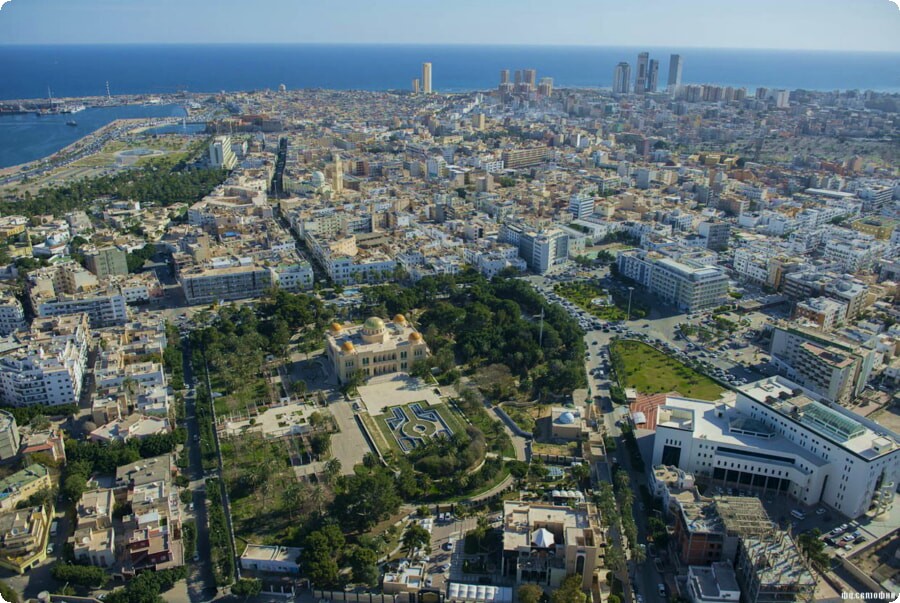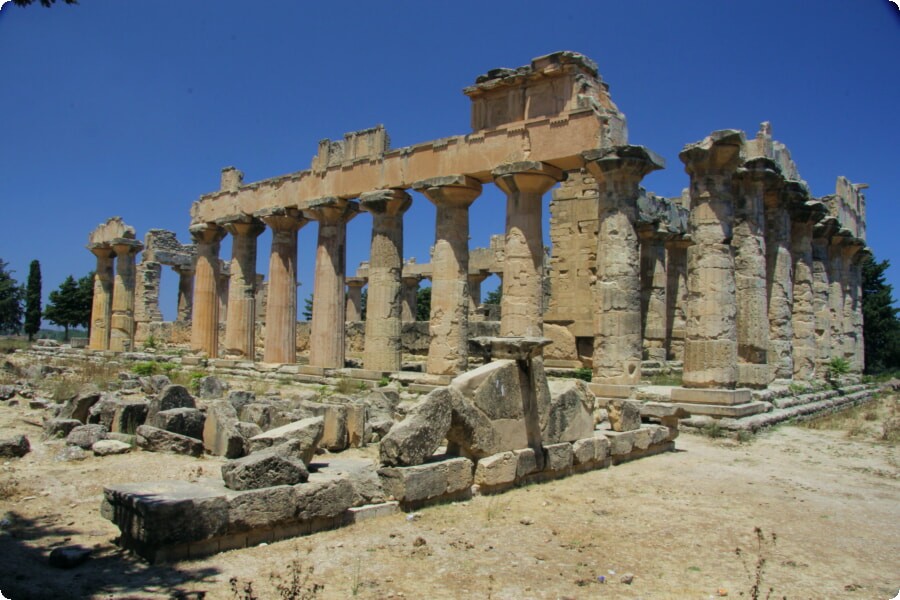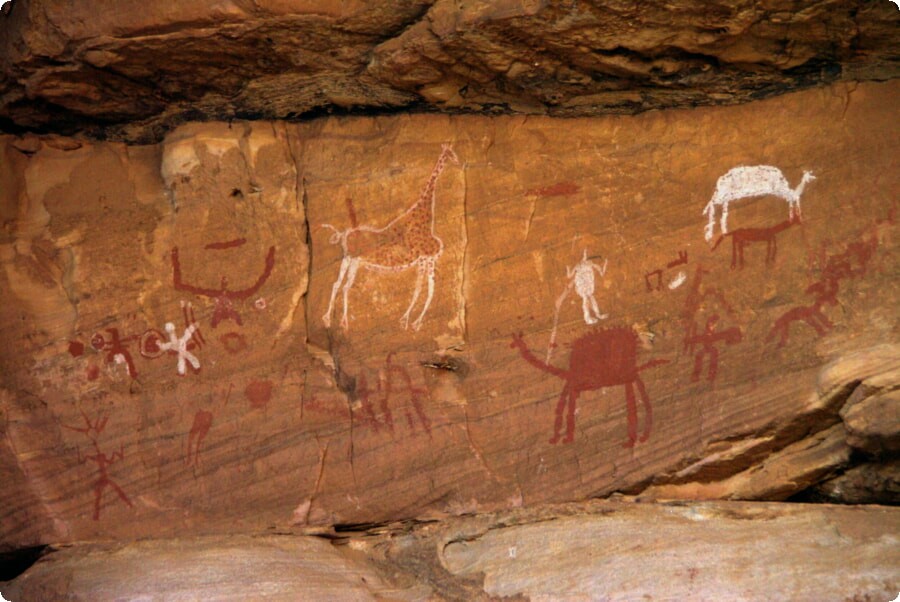Libya's UNESCO World Heritage Sites: A Journey Through History
Libya, a land steeped in history, is home to several UNESCO World Heritage Sites that offer a glimpse into its rich and diverse heritage. These sites bear witness to Libya's ancient civilizations, unique landscapes, and cultural significance. In this article, we invite you to embark on a journey through time as we explore some of Libya's remarkable UNESCO World Heritage Sites.

Sabratha: The Ancient Roman City by the Sea
Our journey begins with Sabratha, an ancient Roman city located along the Mediterranean coast. This well-preserved archaeological site boasts stunning Roman architecture, including a magnificent theater that once accommodated thousands of spectators. The site's intricate mosaics and grand temples provide insights into the opulence of the Roman era. Sabratha is a testament to Libya's historical connections to the Roman Empire.

Cyrene: The Greek Legacy in Libya
Nestled in the picturesque mountains of the Jebel Akhdar region, Cyrene is an ancient Greek city that dates back to the 7th century BC. Its well-preserved ruins include temples, agora, and a stunning amphitheater. The city's historical significance is underscored by its inclusion in the UNESCO World Heritage list, as it represents the Hellenistic and Roman periods in Libya's history.

The Old Town of Ghadames: A Desert Oasis
Our journey then takes us to the Old Town of Ghadames, a desert oasis in western Libya. This ancient Berber settlement features a unique architectural style with interconnected buildings made of mud-brick. The labyrinthine alleyways provide shelter from the scorching desert sun, and the town's design is adapted to the harsh desert environment. It offers a fascinating glimpse into traditional Berber culture and architecture.

Rock-Art Sites of Tadrart Acacus: Prehistoric Treasures
Heading south, we reach the Tadrart Acacus region, renowned for its prehistoric rock art. This UNESCO-listed site is a testament to the creativity and artistic expression of ancient civilizations that inhabited this area thousands of years ago. The rock paintings and engravings depict scenes of daily life, wildlife, and rituals, providing valuable insights into the region's history and culture.

Plan Your Journey Through History
To embark on this captivating journey through Libya's UNESCO World Heritage Sites, it's recommended to start your trip by renting a car directly at Tripoli Airport. This convenient option allows you to explore these historical treasures at your own pace. You can book your rental car through BookingAuto for a hassle-free experience. Additionally, renting a car for exploring Libya's diverse landscapes and attractions can be done through BookingAuto's Libya car rental service.

Libya's UNESCO World Heritage Sites are not only a testament to the country's historical significance but also a reminder of the need for their preservation. As you explore these remarkable sites, you'll be transported through time, gaining a deeper appreciation for Libya's rich and diverse heritage.